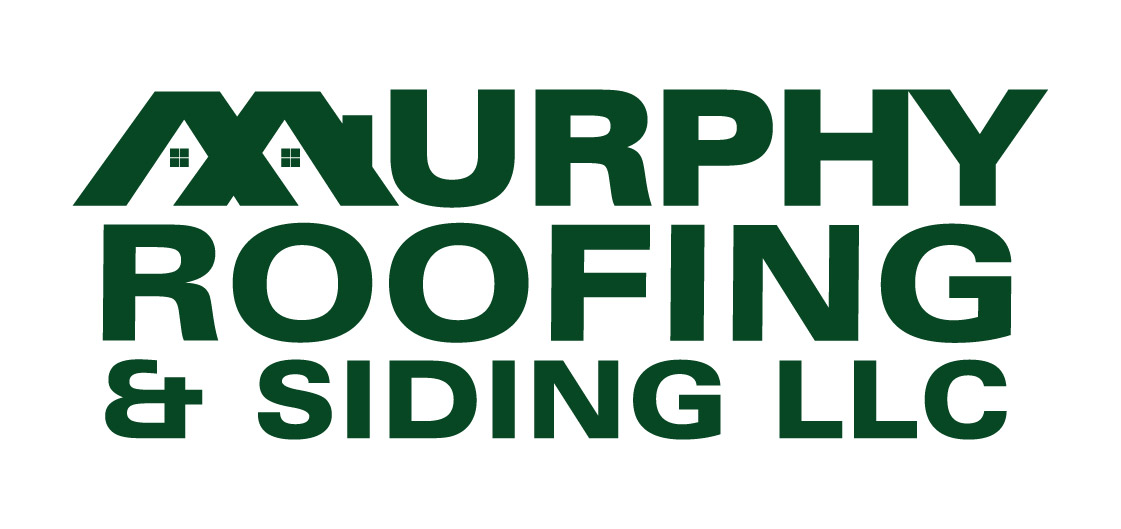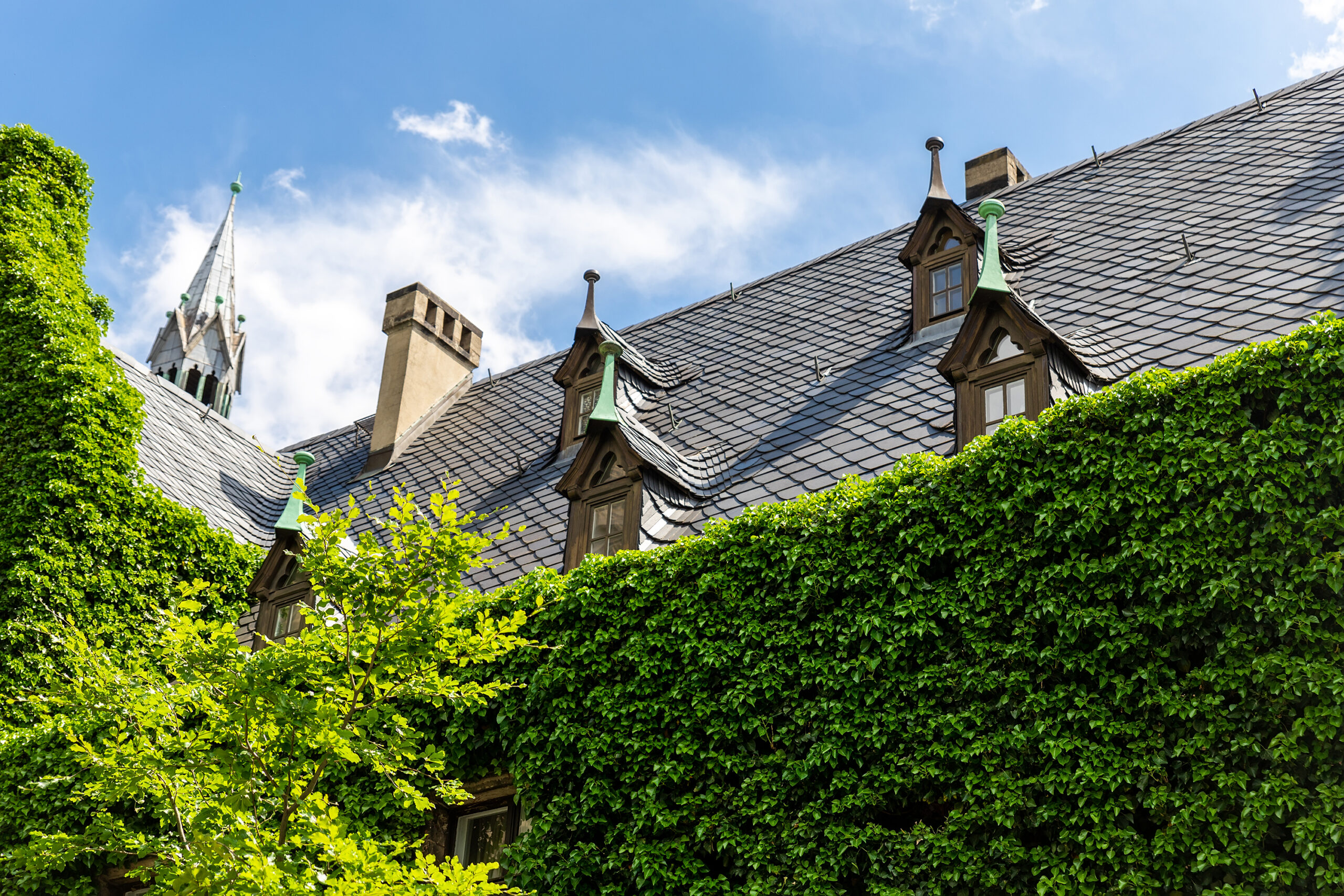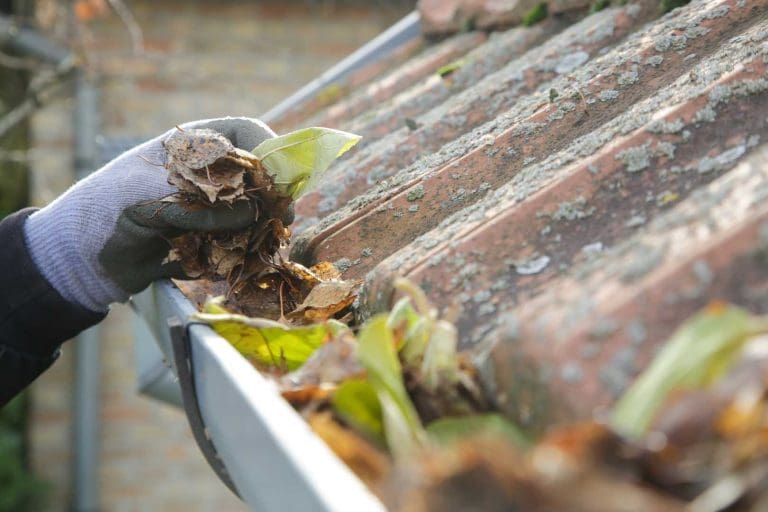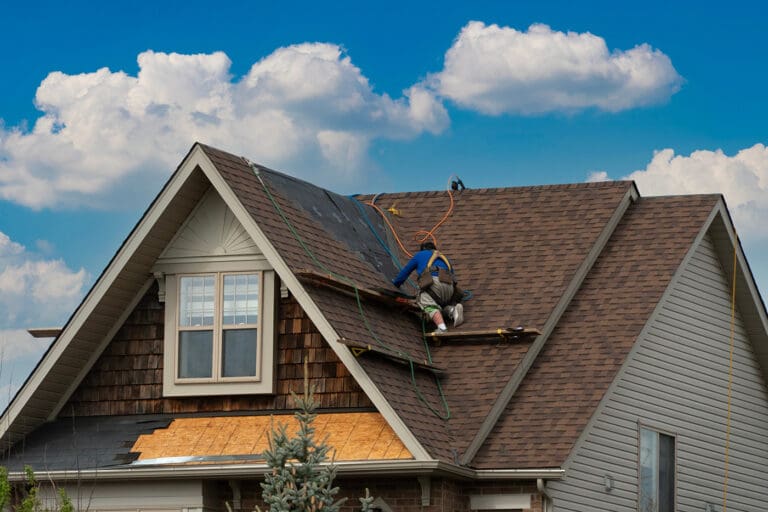New Hampshire is rich in history and architectural diversity, a testament to the state’s centuries-old heritage. As one of the original thirteen colonies, New Hampshire boasts many historic buildings, each showing unique roofing styles that have evolved over the years. At Murphy Roofing, we appreciate the beauty and significance of these historic roofs and strive to preserve their legacy. In this blog post, we will delve into the most prominent historic roofing styles found in New Hampshire architecture, exploring their origins, characteristics, and how they have shaped the state’s architectural landscape.
1. Colonial Roofs (1600s-1700s)
The Colonial period in New Hampshire, spanning the 1600s to the late 1700s, marked the beginning of European settlement in the region. Early settlers brought with them building techniques from Europe, adapting them to the New England climate. Colonial roofs are typically characterized by their steep pitches and simple, gabled shapes, designed to shed heavy snowfall and rain.
Wood was the primary material used for roofing during this period. Wooden shingles, often made from cedar, were common due to their availability and durability. In some cases, thatch was also used, though it was less common due to its susceptibility to fire.
Colonial roofs reflect the settlers’ pragmatic approach to building. Their steep pitches and straightforward designs not only served functional purposes but also influenced future architectural styles in New Hampshire.
2. Georgian Roofs (1700s-1830)
The Georgian style emerged in the early 1700s and remained popular until the early 1800s. Named after the British monarchs George I through George IV, Georgian architecture is known for its symmetry and classic proportions. Roofs from this period often feature a low-pitched or hipped design, contributing to the elegant and balanced appearance of Georgian homes.
Slate became more prevalent during the Georgian period. Its fire-resistant properties and long lifespan made it an ideal choice for roofing. Additionally, wood shingles continued to be used, particularly in rural areas.
Georgian roofs symbolize the transition from the utilitarian approach of the Colonial era to a more refined and stylistically conscious architectural aesthetic. These roofs are often seen on stately homes and public buildings, reflecting the prosperity and stability of the period.
3. Federal Roofs (1780-1830)
Following the American Revolution, the Federal style emerged, inspired by classical Roman and Greek architecture. Federal roofs are similar to Georgian roofs but often feature a lower pitch and more intricate details. Roof lines are generally straight, and dormers or balustrades might be added for decorative purposes.
Slate and wood shingles continued to dominate, with an increased emphasis on the use of slate for its durability and fire resistance. Metal, such as copper, also began to appear, particularly for decorative elements like flashing and gutters.
Federal roofs reflect the young nation’s aspirations towards elegance and classical refinement. The style was particularly popular in urban centers and among the wealthier classes, symbolizing a desire for cultural sophistication.
4. Greek Revival Roofs (1820-1850)
The Greek Revival style took hold in the early 19th century, inspired by the architecture of ancient Greece. This style is characterized by its grandiose and formal appearance, with roofs typically low-pitched gables or hipped. The emphasis on strong horizontal lines and large pediments is a hallmark of Greek Revival architecture.
While slate remained popular, the Greek Revival period also saw the introduction of more advanced metal roofing materials, including tin and copper. These materials were often used for more ornate details and in urban buildings.
Greek Revival roofs are emblematic of America’s fascination with ancient Greece, reflecting ideals of democracy and classical beauty. Many public buildings, including courthouses and schools, adopted this style, embedding these principles into the architectural fabric of New Hampshire.
5. Gothic Revival Roofs (1840-1880)
The Gothic Revival style emerged in the mid-19th century, characterized by its romantic and medieval influences. Gothic Revival roofs are steeply pitched and often feature intricate decorative elements such as finials, parapets, and patterned shingles.
The use of slate was particularly prominent in Gothic Revival architecture due to its ability to be cut into various shapes for decorative purposes. Metal was also used, especially for ornamental details.
Gothic Revival roofs add a touch of romance and grandeur to New Hampshire’s architectural landscape. They reflect a departure from classical styles towards a more eclectic and picturesque aesthetic, often seen in churches, schools, and residential buildings.
6. Second Empire Roofs (1860-1880)
The Second Empire style, inspired by French architecture during the reign of Napoleon III, is known for its distinctive mansard roofs. These roofs have a dual-pitched design, with a steep lower slope and a flatter upper slope, often punctuated by dormer windows.
Slate was the material of choice for Second Empire roofs, often arranged in decorative patterns. Metal cresting and finials were also common, adding to the ornate appearance of the style.
Second Empire roofs reflect a period of opulence and grandiosity in American architecture. They are particularly prominent in urban settings and on grand homes, symbolizing wealth and sophistication.
7. Queen Anne Roofs (1880-1910)
The Queen Anne style is one of the most recognizable Victorian-era architectural styles, known for its asymmetry and eclectic details. Roofs are often steeply pitched and irregularly shaped, with multiple gables, dormers, and turrets.
Wood shingles were commonly used for Queen Anne roofs, often in decorative patterns. Slate and metal also played significant roles, particularly for accents and detailed work.
Queen Anne roofs add a whimsical and picturesque element to New Hampshire’s architectural heritage. They embody the eclecticism and creativity of the late 19th century, making each building unique and visually striking.
8. Craftsman and Bungalow Roofs (1900-1930)
The Craftsman and Bungalow styles emerged in the early 20th century as part of the Arts and Crafts movement. These roofs are typically low-pitched gables or hipped roofs with wide overhanging eaves and exposed rafters.
Asphalt shingles became increasingly popular during this period due to their affordability and ease of installation. Wood and slate were also used but less commonly.
Craftsman and Bungalow roofs reflect a shift towards simplicity and craftsmanship. The emphasis on natural materials and straightforward designs contrasts with the ornate styles of the previous century, embodying a return to handcrafted quality.
Preserving Historic Roofs with Murphy Roofing
At Murphy Roofing, we understand the importance of preserving New Hampshire’s historic roofing styles. Our team is skilled in working with a variety of materials, from traditional wood shingles to modern asphalt, ensuring that your historic roof retains its original charm and functionality.
Restoration and Repair: Restoring a historic roof requires a deep understanding of traditional building techniques and materials. Whether it’s replacing damaged slate tiles on a Gothic Revival roof or repairing the intricate wood shingles of a Queen Anne home, our team has the expertise to handle any restoration project.
While preserving the historic appearance of a roof is crucial, we also recognize the need for modern upgrades to enhance durability and energy efficiency. We offer solutions that respect the original design while incorporating modern materials and techniques to extend the lifespan of your roof.
Regular maintenance is key to preserving the integrity of historic roofs. We offer comprehensive inspection and maintenance services to identify potential issues before they become major problems. Our team can also provide consultations to help you make informed decisions about your roofing needs.
New Hampshire’s rich architectural heritage is reflected in the diverse range of historic roofing styles found throughout the state. From the steep pitches of colonial roofs to the intricate designs of Queen Anne roofs, each style tells a story of the state’s cultural and historical evolution. At Murphy Roofing, we are dedicated to preserving these stories by providing expert restoration, repair, and maintenance services for historic roofs. Whether you are looking to restore a historic home or simply maintain the beauty of your current roof, our team is here to help. Contact us today to learn more about our services and how we can assist you in preserving New Hampshire’s architectural legacy.




